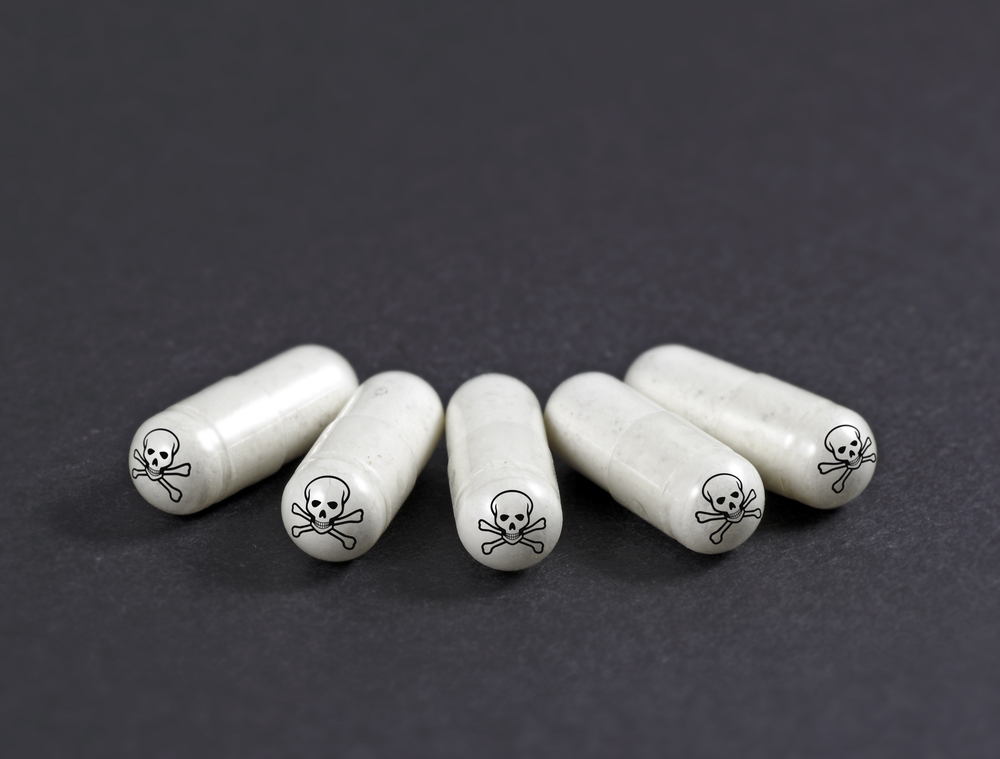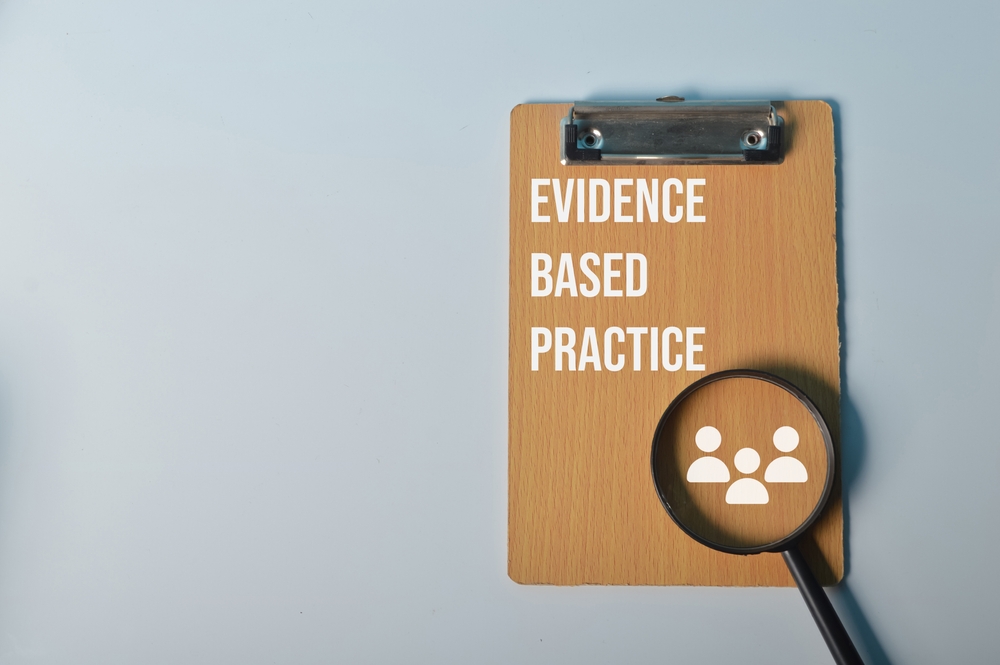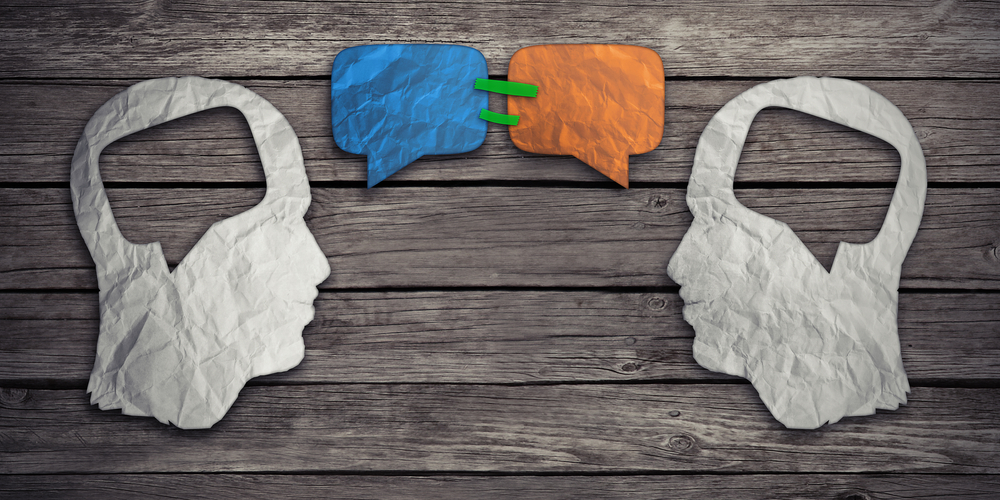The Nocebo Effect
Posted on 26th August 2014 by Danny Minkow

What is the Nocebo Effect?
The Nocebo Effect has been called the lesser-known “evil twin” of the Placebo Effect. Think of it like this: just as the Placebo Effect creates a positive reaction or healing effect from an inert or sham treatment, the Nocebo Effect is the negative or harmful reaction from a harmless treatment.
So what causes the Nocebo Effect?
Similar to the Placebo Effect, the Nocebo effect can be caused by verbal suggestions, expectations, and past experience. A recent article in The BMJ illustrates this reaction. The researchers compared two different placebos for arm pain. The first treatment group received a sugar pill and the second group received sham acupuncture with retractable needles. A fascinating thing occurred; overall, the group that received the sham acupuncture reported less pain. This is an example of the Placebo Effect. However, just as fascinating is that both groups reported actual side effects from their placebo treatment. A few patients from the group that received the pills reported that they were so sluggish that they couldn’t get out of bed and the group that received the sham acupuncture reported swelling, redness, and extreme pain. What is so amazing about these side effects is that they are exactly what the patients were told they might experience.
Another example of the Nocebo effect would be if a doctor gave a patient a powerful drug, but it was labelled as a placebo and the doctor told the patient it was a placebo. So, believing that the drug was fake, it is more likely that patient would report that the drug had less effect than one would normally expect. This, again, is a result of the patients’ negative expectations and how they perceived the drug would, or in this case, wouldn’t work.
So this could be pretty serious if a patient misunderstands or has a poor impression of the medical therapies they are receiving. In a way, this is a form of confirmation bias.
So what are some strategies clinicians can use with their patients to avoid or minimize the Nocebo Effect?
A recent edition of JAMA listed these suggestions on how healthcare providers could minimize the Nocebo Effect.
They recommended the following:
– Accurately communicate the risk of side effects as well as placing the proper emphasis on the therapeutic value of the treatment.
– Teach the patient how to cope with the known side effects. This enables the patient to work through any unwanted side effects and continue compliance with the treatment as prescribed.
– Suggest reputable evidence-based websites about the intervention to avoid anxiety increasing comments on other sites.
– Provide a graphical representation (as oppose to numerical) with a pamphlet or video of the therapeutic effects vs the side effects. This helps a patient clearly understand the likelihood of the therapeutic effects and side effects of the intervention.
– Finally, adopt a clear, authentic, and empathetic communication style. Open communication can make a difference on the patient’s perception of the treatment. Ask the patient questions to assess their comfort level with the intervention and to ensure they don’t have any misunderstanding about the therapeutic benefits of the treatment and risks involved.
Conclusions:
In summary, the Nocebo Effect is real and can lead to perceived or actual physical side effects of a treatment simply based on the patients negative past experience, perception or expectations of the intervention. To minimize the Nocebo Effect, healthcare providers should first be aware that this exists, the causes of it, and use strategies that can help minimize the Nocebo Effect while maximizing the therapeutic value of the treatment in a caring and comforting environment.
Links/References:
Bingel U, & For the Placebo Competence Team. (2014). Avoiding nocebo effects to optimize treatment outcome. JAMA, 312(7), 693–694. doi:10.1001/jama.2014.8342
Colloca L, & Finniss D. (2012). Nocebo effects, patient-clinician communication, and therapeutic outcomes. JAMA, 307(6), 567–568. doi:10.1001/jama.2012.115
Eknoyan, D., Hurley, R. A., & Taber, K. H. (2013). The Neurobiology of Placebo and Nocebo: How Expectations Influence Treatment Outcomes. The Journal of Neuropsychiatry and Clinical Neurosciences, 25(4), vi–254. doi:10.1176/appi.neuropsych.13090207
Feinberg, C .Ted Kaptchuk of Harvard Medical School studies placebos | Harvard Magazine Jan-Feb 2013. Retrieved August 4, 2014, from http://harvardmagazine.com/2013/01/the-placebo-phenomenon
Kaptchuk, T. J., Stason, W. B., Davis, R. B., Legedza, A. R. T., Schnyer, R. N., Kerr, C. E., … Goldman, R. H. (2006). Sham device v inert pill: randomized controlled trial of two placebo treatments. BMJ, 332(7538), 391–397. doi:10.1136/bmj.38726.603310.55




No Comments on The Nocebo Effect
Sin lugar a dudas el efecto “placebo” es ibfinitamente más interesante… yo es uve a punto de publicar una serie de casos y una revisión, aunque por desgracia los aspectos éticos y varios excelentes compañeros me lo desaconsejaron…. pero… visto lo visto … a lo mejor habría que revisarlo
12th March 2017 at 9:27 amInteresting! I have never heard of the nocebo affect. I do know for a fact through my own experience that the placebo effect is true!! http://coachdavid.com.br
31st August 2014 at 9:08 am